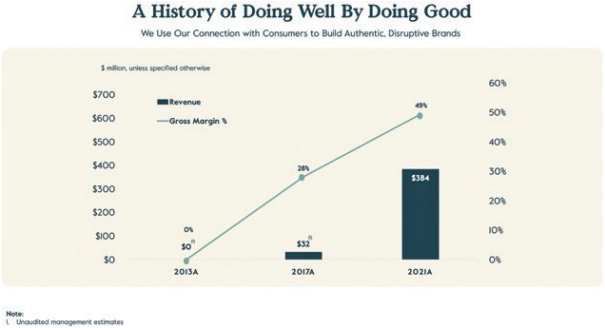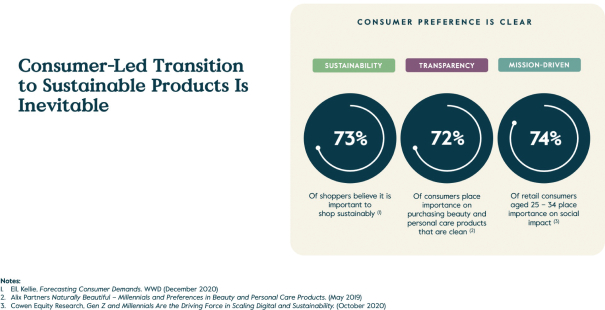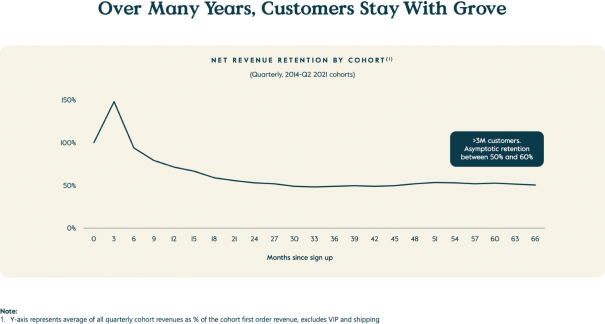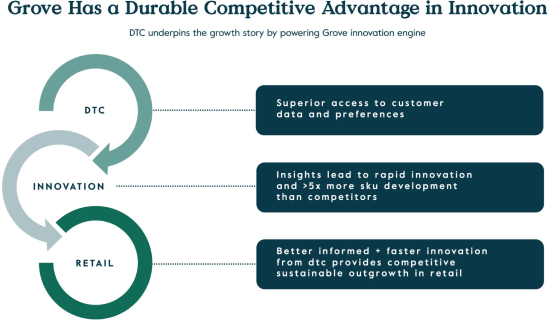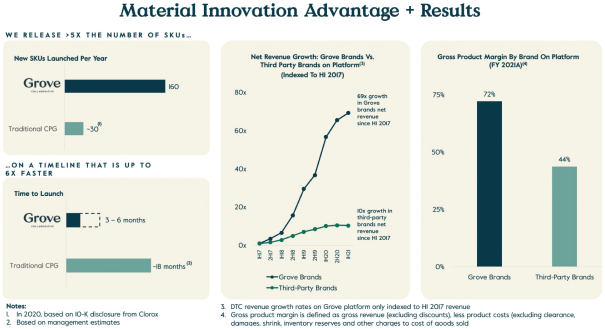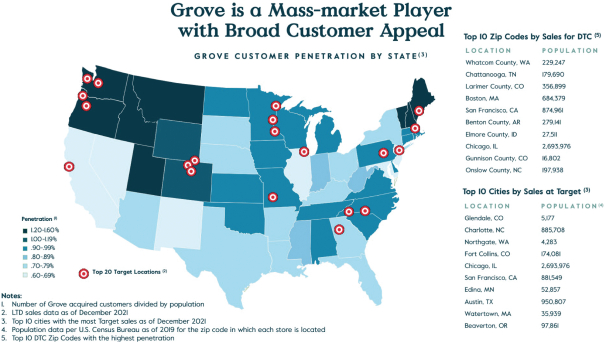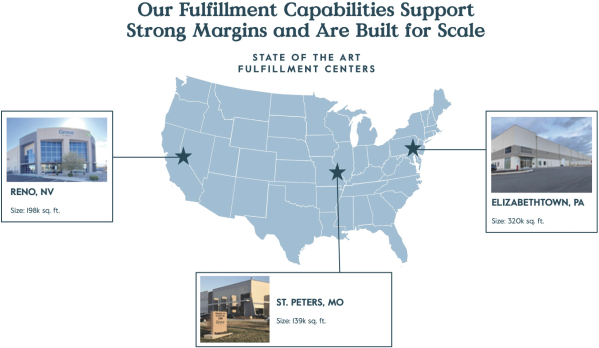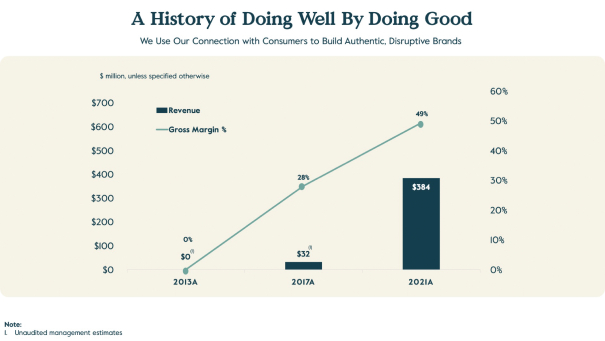“Contract” means any contract, lease, license, sublicense, indenture,
agreement, commitment or other legally binding arrangement.
“Control” of a person means the possession, directly or
indirectly, of the power to direct or cause the direction of the management and policies of such person, whether through the ownership of voting securities, by Contract, or otherwise. “Controlled”, “Controlling” and “under
common Control with” have correlative meanings. Without limiting the foregoing, a person (the “Controlled person”) shall be deemed Controlled by (a) any other person (the “10% Owner”) (i) owning beneficially, as
meant in Rule 13d-3 under the Exchange Act, securities entitling such person to cast 10% or more of the votes for election of directors or equivalent governing authority of the Controlled person or
(ii) entitled to be allocated or receive 10% or more of the profits, losses, or distributions of the Controlled person; (b) an officer, director, general partner, partner (other than a limited partner), manager, or member (other than a
member having no management authority that is not a 10% Owner) of the Controlled person; or (c) a spouse, parent, lineal descendant, sibling, aunt, uncle, niece, nephew,
mother-in-law, father-in-law, sister-in-law, or brother-in-law of an Affiliate of the Controlled person or a trust for the benefit of an Affiliate of the
Controlled person or of which an Affiliate of the Controlled person is a trustee.
“COVID-19” means
SARS-CoV-2 or COVID-19, and any evolutions or mutations thereof or related to associated epidemics, pandemics or disease
outbreaks.
“COVID-19 Measures” means any quarantine, “shelter in
place,” “stay at home,” workforce reduction, social distancing, shut down, closure, sequester, safety or similar Law, directive, guideline or recommendation promulgated by any Governmental Authority, including the Centers for Disease
Control and Prevention and the World Health Organization, in each case, in connection with or in response to COVID-19.
“COVID-19 Response” means any action or inaction by the Company or any Company
Subsidiary taken (or not taken), prior to, on or after the Signing Date, in good faith to comply with or in response to any COVID-19 Measure.
“Credit Agreement” means, collectively, that certain (i) Mezzanine Loan and Security Agreement, dated as of
April 30, 2021, by and among Silicon Valley Bank, Hercules Capital, Inc. and the Company and (ii) Second Amended and Restated Loan and Security Agreement, dated as of July 29, 2020, by and between the Company and Silicon Valley Bank,
in each case, as may be amended, supplemented or modified from time to time.
“Delaware Laws” means the DLLCA and the
DGCL.
“DGCL” means the Delaware General Corporation Law.
“Disabling Devices” means Software, viruses, time bombs, logic bombs, trojan horses, trap doors, back doors, spyware,
malware, worms, other computer instructions, intentional devices, techniques, other technology, disabling codes, instructions, or other similar code or software routines or components that are designed to threaten, infect, assault, vandalize,
defraud, disrupt, damage, disable, delete, maliciously encumber, hack into, incapacitate, perform unauthorized modifications, infiltrate or slow or shut down a computer system or data, software, system, network, other device, or any component of
such computer system, including any such device affecting system security or compromising or disclosing user data in an unauthorized manner, other than those incorporated by the Company or by a third party on behalf of the Company intentionally to
protect Company IP or Business Systems from misuse.
“DLLCA” means the Delaware Limited Liability Company Act.
“Employee Benefit Plan” means each “employee benefit plan,” as defined in Section 3(3) of ERISA (whether or
not subject to ERISA), each nonqualified deferred compensation plan subject to Section 409A of the Code, and each other pension, retirement, profit-sharing, savings, health, welfare, cafeteria, bonus, commission,
A-6

